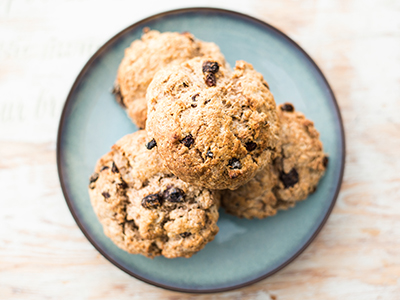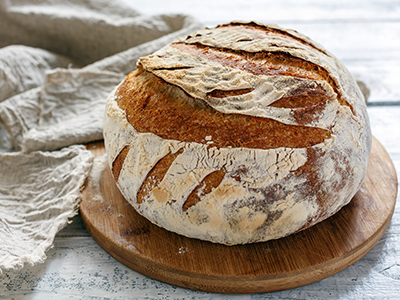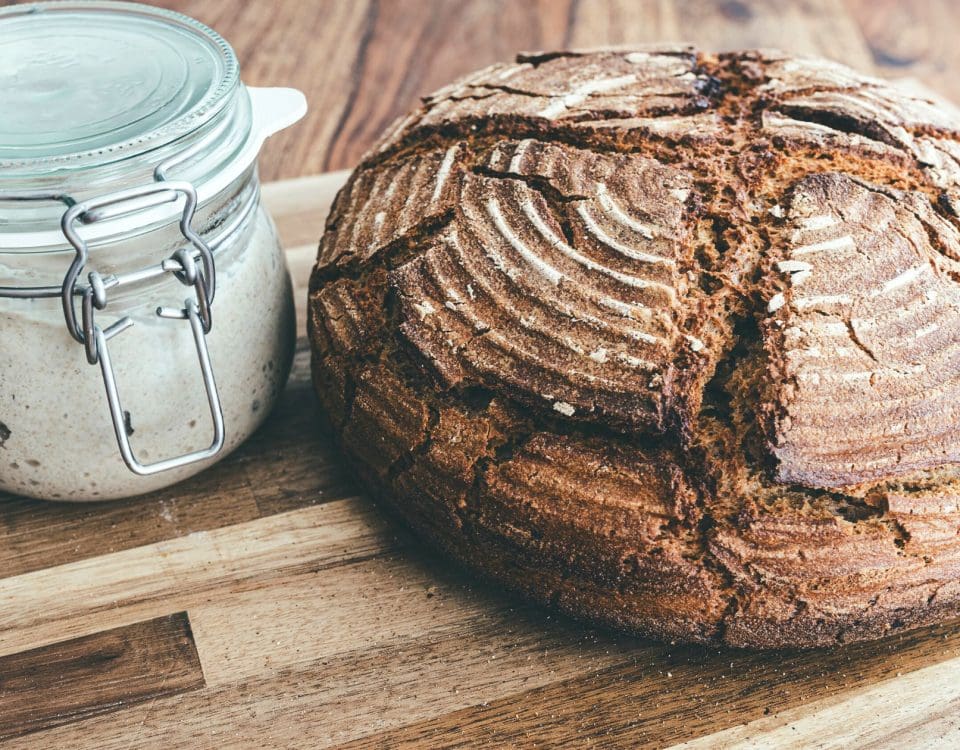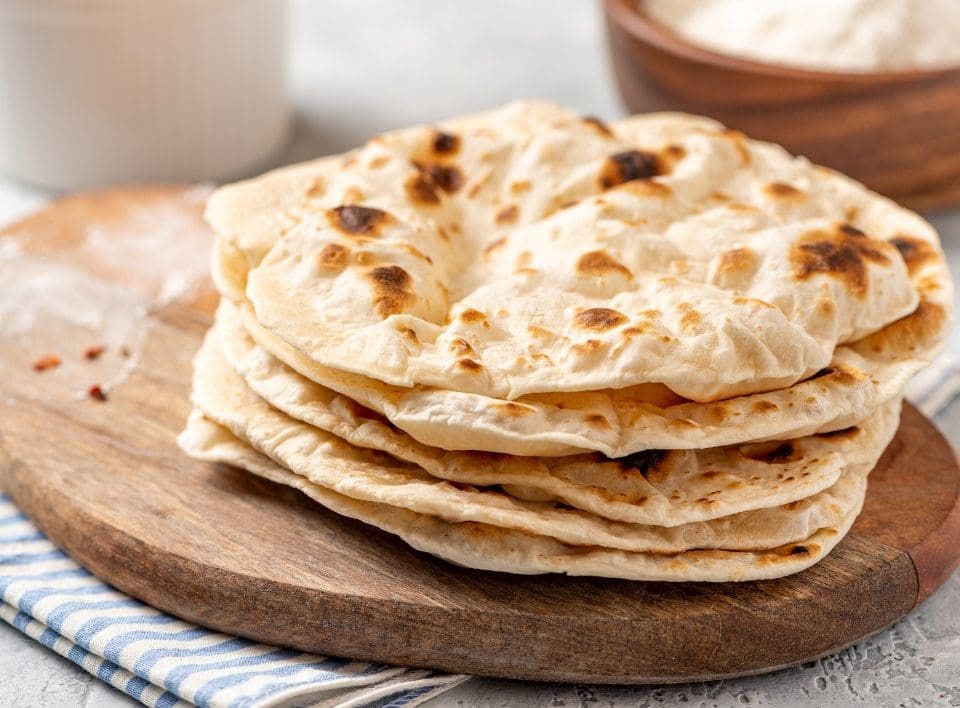
Customer Service – it’s all part of the ease of doing business with Ben Furney Flour Mills
January 21, 2020
Rock Cake
February 27, 2020Basic Sourdough Recipe

Ingredients
FOR THE STARTER
- 100g White bread flour, or Rye flour if available
- 100ml tepid water, preferably bottled water
FEEDING THE STARTER
- 200–300g White bread flour
- 200–300ml Tepid water, preferably bottled water
FOR THE DOUGH
- 500g White bread flour
- 1 teaspoon salt
- 240ml tepid water, preferably bottled water, more as needed
Directions
- To make the starter, place the flour and tepid water in a bowl and stir together to make a sticky paste. Cover with a damp tea towel (not plastic wrap) and leave on the kitchen bench for 2 days, dampening the tea towel again as needed to keep it moist.
• If after 2 days the mixture looks bubbly and has a milky smell, you can proceed to the first “feed”. (It may take up to 4 days to reach this stage.)
• If there are patches of mould or the paste smells sour or bad, throw it away and begin again with a new batch of starter. - To feed the starter, stir 100g flour and enough tepid water into the starter to make a soft, paste-like dough (about 100ml). Cover the bowl as before and leave for 24 hours. At this point the starter will look very active and bubbly. Stir well, then discard half the starter.
- Repeat the process: stir another 100g flour and 100ml tepid water into the starter until fully mixed. Cover again and leave for 12 hours.
• If the starter looks very bubbly and lively, it is ready to use.
• If it seems only slightly bubbly, give it one more feed of 100g flour and tepid water and wait 6 hours. (You should always have about 400g of starter on hand: 200g to make the bread, and 200g to save.) - To make the dough, combine the flour and salt in a large bowl and make a well in the centre. Weigh out 200g of the starter into a separate bowl and mix it with the tepid water, then pour it into the well in the flour. Gradually work the flour into the liquid mixture to make a soft dough. You may need to add a little more water as you work if the dough feels dry or crumbly, or more flour if it sticks to your hands or the bowl; use care and add only a tablespoon more flour at a time.
- Turn the dough out onto a floured work surface and knead for about 10 minutes or until very pliable and elastic. Clean the bowl and grease it lightly with oil or cooking spray.
- Return the dough to the bowl, cover with a damp tea towel and leave to rise in a warm place for 3–8 hours or until doubled in size. Rising time depends on the room temperature and on the strength of your starter. (A new starter will give a slower rise and less volume than one that is well established.)
- Turn out the risen dough onto a floured work surface and knock it back with your knuckles to its original size. Shape the dough into a fairly tight ball and set it in a basket or colander lined with a heavily floured linen tea towel, seam-side up. Cover with a damp tea towel and leave to rise for 2–6 hours or until doubled in size (see Note).
- Towards the end of the rising time, preheat the oven to 220 degrees C. Invert the dough onto a large greased baking tray so it’s seam-side down. Just before placing the loaf in the oven, make a single slash across the top of the loaf with a sharp knife to vent the steam. Bake for about 35 minutes or until the bread sounds hollow when removed from the tray and tapped on the base.
- Transfer the bread to a wire rack and leave to cool. It can be kept for up to 5 days, and is wonderful toasted.
TIPS:
- The long, slow fermentation process used in sourdough breads offers unmatched flavour and better keeping qualities than breads made with commercial yeast.
- Save your leftover sourdough starter by storing it in an airtight container in the refrigerator. Before using it to make another loaf, bring it back to room temperature, then feed it as in the main recipe and leave for about 6 hours. Feed it again, and let the starter grow for another 6 hours before using.
- Each time you make a loaf, you will have leftover starter. This can be kept in the refrigerator, provided you feed it every few weeks to keep it alive. It will improve in flavour with time. Any starter you do not need or want can be discarded or given to a friend.
- Instead of spring water, you can use filtered water.
- If you like, you can replace 50g white bread flour with 50g wholemeal bread flour.
- To make a sourdough rye bread, replace half the white bread flour with rye flour.
- Sourdough starters can last for decades, and seem to be resistant to contamination. This may be due to an antibiotic action similar to that of the moulds in cheeses such as Stilton and Roquefort.
NOTE:
- The slower the rise, the more flavourful the bread will be. If you have a very warm kitchen, you can let the shaped dough rest overnight in the refrigerator during the second rise.
- Bring the dough up to room temperature and let it finish rising completely before baking




